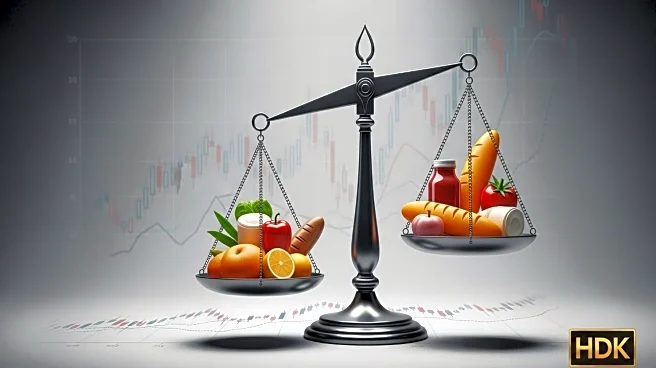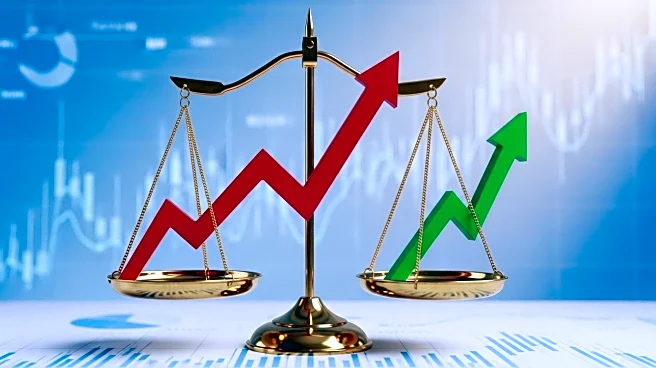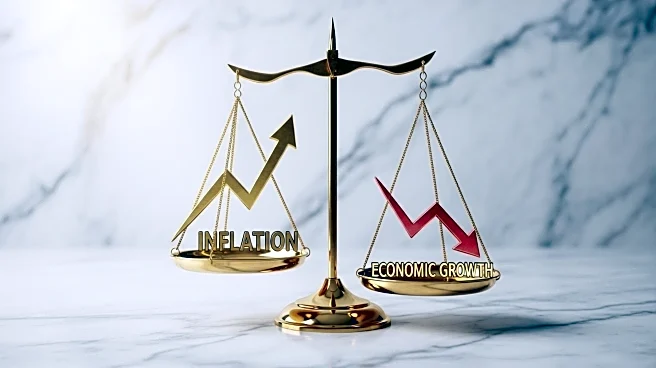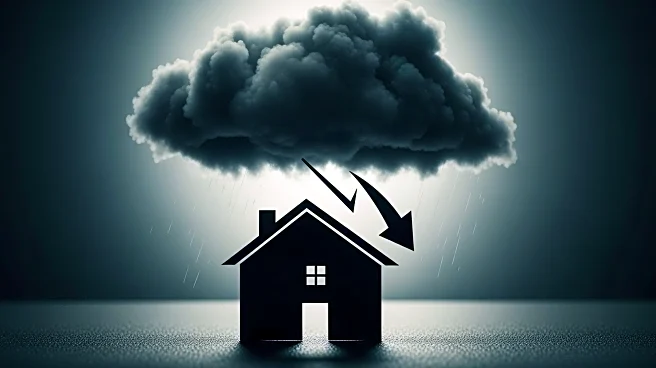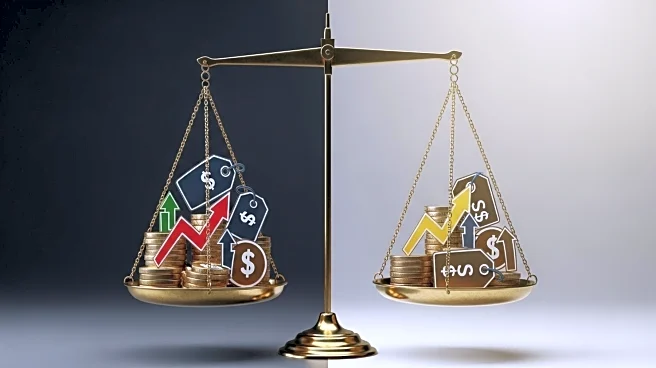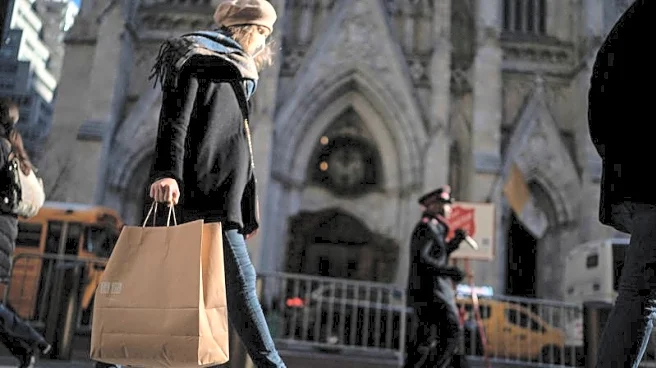What's Happening?
Recent analysis by Moody's Analytics Chief Economist Mark Zandi reveals that Americans in the top 10% income bracket accounted for nearly half (49.2%) of total consumer spending during the second quarter. This figure marks an increase from 48.5% in the first quarter, highlighting the growing economic divide between high-income earners and middle/lower-income earners. Despite inflation, spending from households earning less than $175,000 annually has remained steady since the pandemic, indicating limited real growth outside the top income bracket. Meanwhile, retail spending saw a 0.6% increase last month, driven by online shopping and dining out.
Why It's Important?
The concentration of consumer spending among the wealthiest Americans poses risks to economic stability. If the top earners reduce their spending due to stock market fluctuations or layoffs, it could lead to a recession. This reliance on high-income earners for economic growth underscores the need for policies that address income inequality and support broader consumer spending. The current situation also reflects the challenges faced by middle and lower-income households, who are struggling with debt and slow wage growth.
What's Next?
Economists and policymakers may need to consider measures to diversify consumer spending and reduce reliance on the top income bracket. Potential actions could include tax reforms, wage increases, and support for small businesses to stimulate spending across all income levels. Monitoring economic indicators such as stock market performance and employment rates will be crucial in anticipating shifts in consumer behavior.

